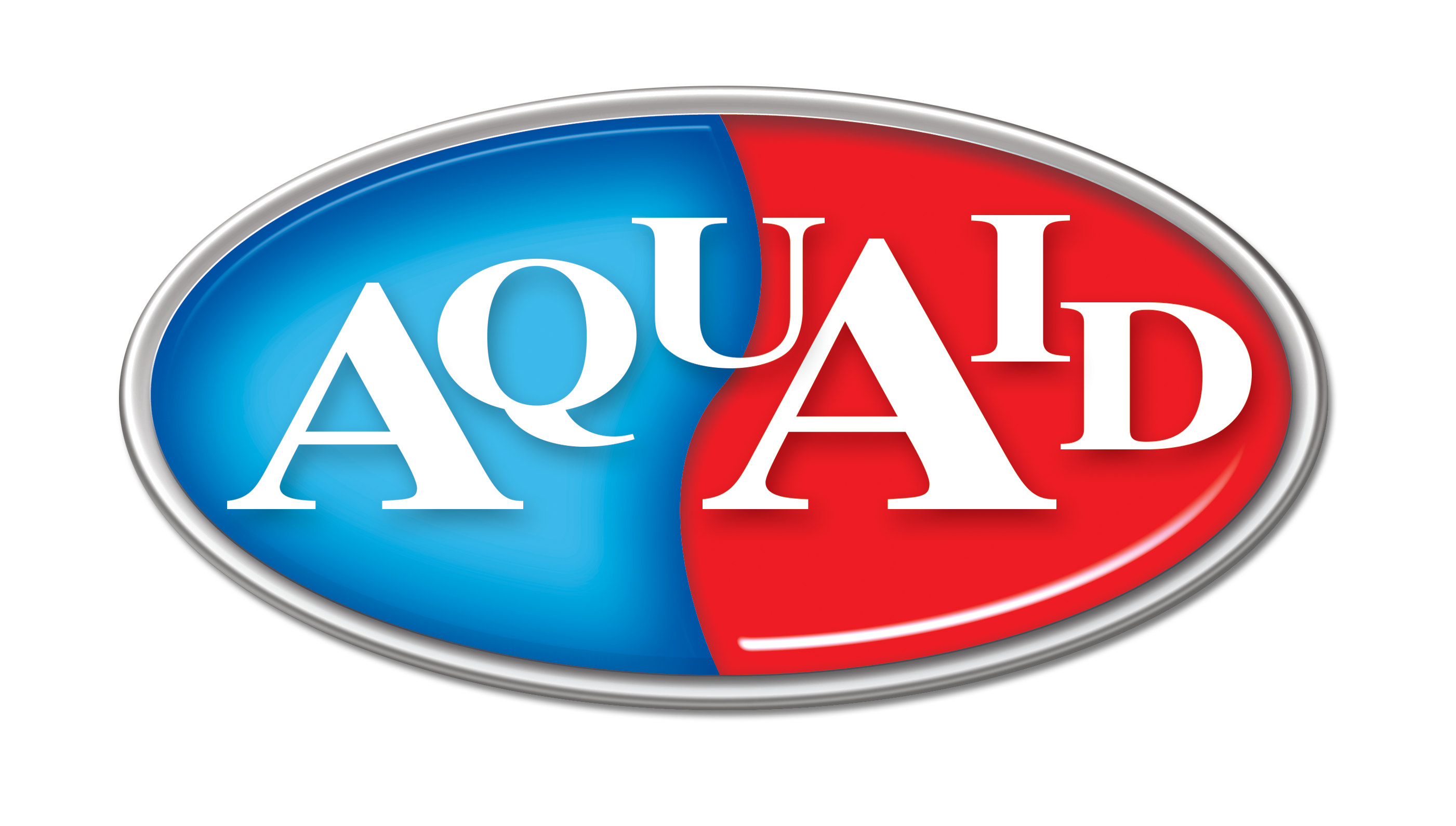
by Fern Shaw | Nov 10, 2025 | Water Boilers, water cooler, water cooler, water dispenser
In today’s busy work environment, efficiency, convenience and employee wellbeing are key.
Installing a water dispenser or water cooler may appear to be a small change, but the benefits to workspaces, be they offices, warehouses or worksites, are far-reaching. From reducing wasted time to lowering running costs and maintaining excellent hygiene, a water dispenser offers much more than just refreshment.
Boosting Productivity and Saving Time
A water cooler can make a real difference to daily routines. Rather than waiting for the kettle to boil several times a day, employees can instantly access hot or cold water. This not only saves valuable minutes but also helps reduce bottlenecks in shared kitchen areas. Those minutes quickly add up to greater focus and smoother workflow across the team.
Cost Savings and Energy Efficiency
Running costs matter to every business. Kettles and traditional hot drink setups use considerably more electricity than a mains-fed water dispenser or hot water boiler. Switching to a water cooler can reduce energy usage and, in turn, lower bills. It’s a simple step that supports sustainability targets while delivering noticeable savings over time.
Convenience and Consistency at Work
From open-plan offices to manufacturing floors, having a constant supply of fresh water on hand keeps things running smoothly. A mains-fed cooler provides uninterrupted service, meaning no downtime for refilling or waiting. For workplaces with larger teams, that reliability keeps everyone hydrated and operations efficient.
Professionally Maintained for Peace of Mind
Hygiene is essential in any shared workspace. Regular servicing and sanitisation ensure clean, safe water and extend the lifespan of the water dispenser. AquAid service all mains-fed water dispensers every six months and all bottle-fed coolers every three months – with these services being performed by their WHA accredited engineers. That professional care gives businesses confidence in both quality and compliance.
A Small Change with Lasting Benefits
A water dispenser is a simple upgrade that delivers practical and long-term benefits – saving time, cutting costs and improving the workplace environment for everyone.
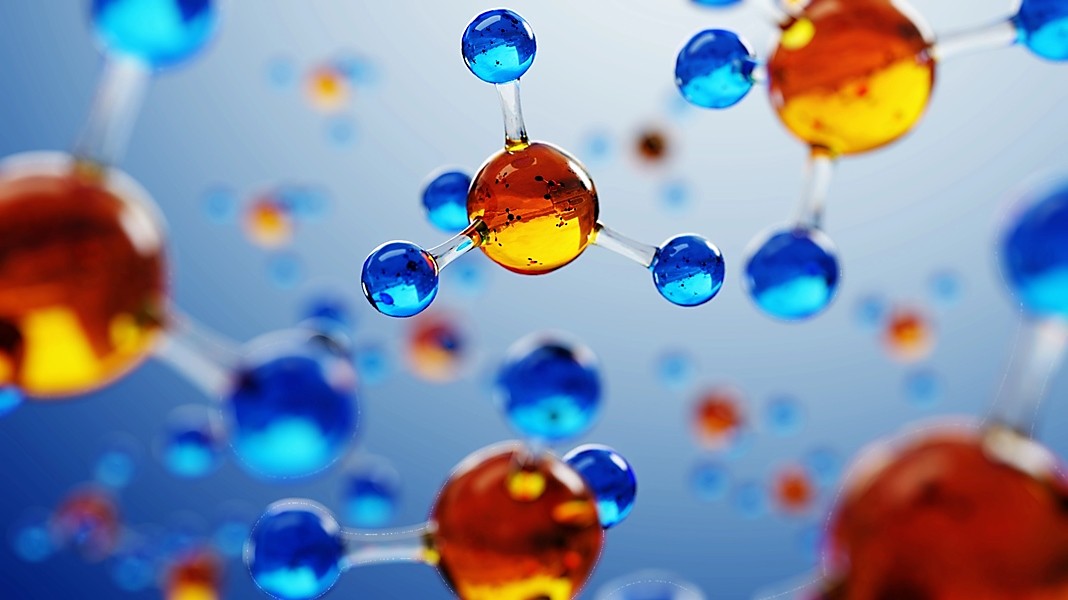
by Fern Shaw | Oct 27, 2025 | Water Boilers, water cooler, Water Coolers
You’d think it would be simple, right? Water is just two hydrogen atoms and one oxygen atom. So why can’t we just mix them together and end the world’s water shortages once and for all?
Well, as it turns out, that’s where things get a little … explosive.
The Science Bit (Without the Headache)
To create water, you need both hydrogen and oxygen atoms. Mixing them together, however, doesn’t magically make water – you just end up with a room full of flammable gas and some nervous scientists.
For hydrogen and oxygen to truly bond, their electrons need to link up. And that requires a sudden burst of energy, basically a spark, to get the atoms to ‘hook up’.
Sounds easy enough, but here’s the problem: hydrogen is highly flammable and oxygen feeds fire. Put them together and one tiny spark later – boom! You get water … and possibly an impressive fireball.
So, What’s the Alternative?
Not to worry, there’s no need to start mixing gases in the office kitchen to stay hydrated. There are brilliant minds out there working on safer, sustainable ways to generate water.
For now, if you’re after a reliable and constant source of water that doesn’t go ‘boom’ when you drink it, speak to us at AquAid.
Safe, Healthy Hydration
Explore our range of water coolers, hot water boilers and water fountains – the perfect solution for all your drinking water needs – for offices, worksites, schools, hotels and anywhere else you’d rather keep things calm, cool and well hydrated.
Not sure which water cooler suits your needs? Contact us at AquAid where one of our friendly team will be happy to help you find the perfect fit.
Just one note – our water coolers aren’t designed for scientific experiments. Best leave that to the professionals!
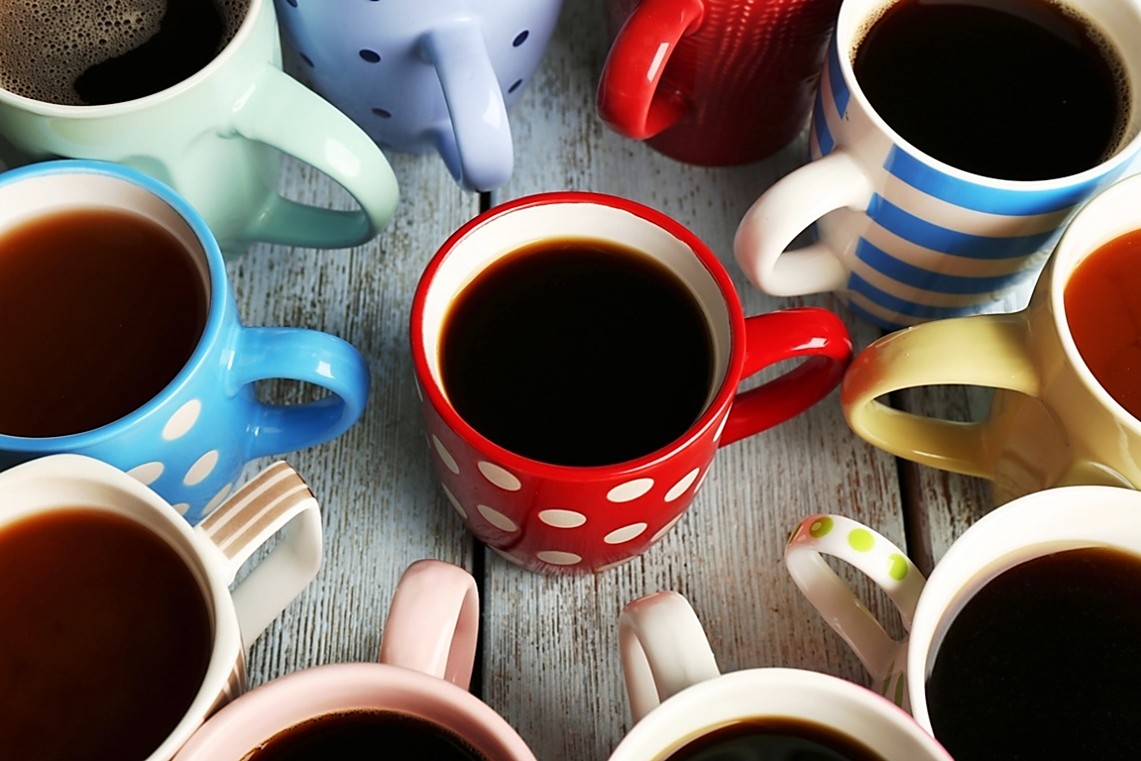
by Fern Shaw | Oct 1, 2025 | water boiler, water cooler, Water Coolers, water dispenser
Is International Coffee Day cause for celebration? We think so. (Though it’s possible your jittery enthusiasm is less ‘cheer’ and more ‘over-caffeinated’.)
Do we rank in the global coffee consumption lists?
No, we do not. Not even close. Luxembourg does. Finland does. As do Norway, Denmark and Sweden.
Okay, but if we are drinking coffee, is it good for us?
Coffee probably makes the modern world go round – and it’s been doing so since it hit the West in the 1600s. But as with all good things, the golden rule applies: everything in moderation.
That morning coffee (ideally after breakfast) is a great way to get going. But if your day is fuelled solely by creamy lattes and sugar-laden cappuccinos, the benefits of coffee can quickly get buried under the calories.
Pro tip: Pair every coffee with a drink of water to stay hydrated. Not only is it great for your body, but your skin and energy levels will thank you too.
A pre-workout coffee? Yes, really.
Many avoid coffee before exercising, thinking it’s too dehydrating. Actually, a cup of coffee before a workout can help boost fat burning, improve endurance, and reduce fatigue – just hold the honey and whipped cream.
It’s what’s inside that counts.
Coffee is packed with flavonoids, powerful antioxidants that help stop LDL cholesterol from oxidising—great news for your heart health. And if you keep it simple (read: black coffee, no sugar), your daily brew clocks in at just 2 calories. Diet-friendly and delicious.
But first … hot water.
No coffee without hot water – which is where we come in. With an AquAid water dispenser, instant hot water boilers, or boiling water taps, getting your perfect cup is effortlessly easy, whether you’re in the office, at home, or anywhere in between.
Even better? Every cup you brew helps support Christian Aid and The Africa Trust, who bring clean drinking water to communities across Africa. So, while you’re sipping your hot coffee, someone else is getting access to safe, life-changing water.
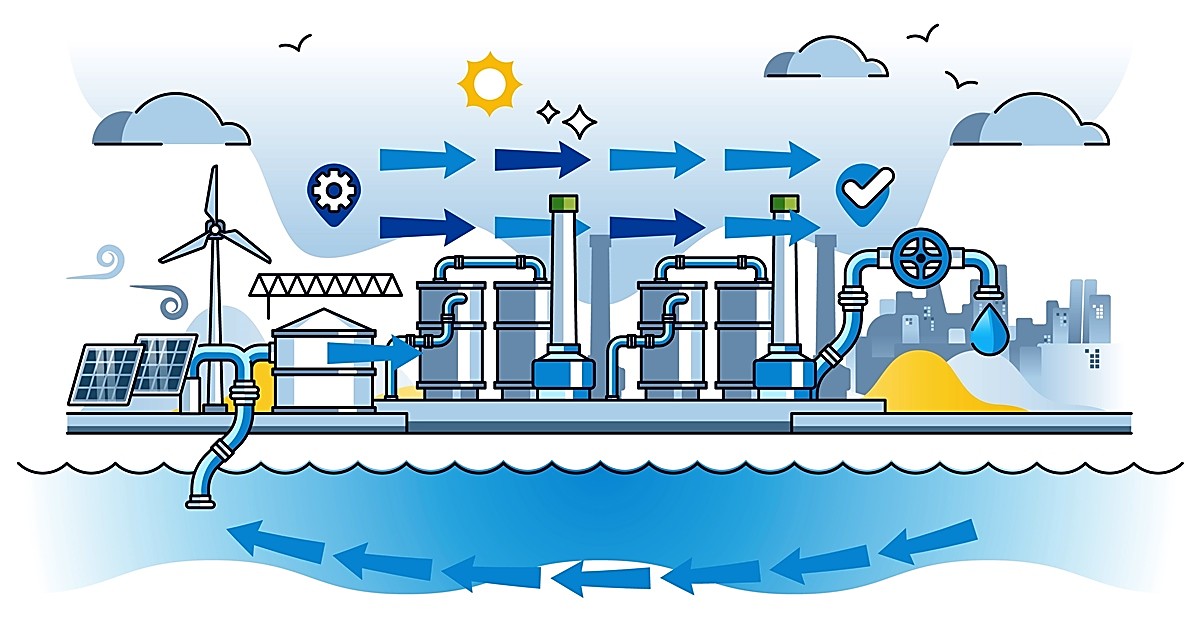
by Fern Shaw | Sep 15, 2025 | Water, water cooler
In 2025, it’s easy to forget that even in the UK, water security is a cause for concern. While globally, around 703 million people still live without access to safe drinking water, the UK isn’t immune to water stress – especially with rising demand and increasingly unpredictable weather patterns. According to the Environment Agency, parts of England could run out of water within 20 years if no action is taken.
And it’s not just about drinking water. Sanitation, water infrastructure and waste are big issues too. The average person in the UK uses around 142 litres of water per day, much of it flushed straight down the loo. That’s a lot of clean, treated water quite literally going to waste.
Add in climate change – drier summers, flash floods, and aging reservoirs – and it’s clear that water security isn’t something we can ignore. Thames Water, for instance, has already had to impose hosepipe bans in some areas and regulators have warned that demand could outstrip supply by the mid-2030s.
Cars That Emit Water (And Nothing Else)
Hydrogen-powered vehicles, once seen as futuristic, are now being trialled across the UK. Companies like Toyota and Hyundai have hydrogen models on the road, with the UK government investing over £200 million in low-emission transport and fuelling infrastructure. These cars generate electricity using hydrogen and oxygen, emitting only water vapour. They’re still rare compared to electric vehicles, but they’re part of a wider clean transport push.
Desalination in the UK?
While desalination is still more common in arid regions, the UK does have one major plant—the Beckton desalination plant in East London, which can supply up to 150 million litres of drinking water per day during drought conditions. It’s a backup plan more than a daily necessity, but as climate pressures increase, the role of such technology is likely to grow.
When All You Really Need is a Water Cooler
Still, for most of us, there’s no need to filter seawater or retrofit your car with hydrogen cells just to stay hydrated. Keep things simple by replenishing your drinking water from your water cooler or water dispenser. No desalination or hydrogen tanks required – just good‑old refreshing water. If your office supply isn’t hitting the mark, contact AquAid for cool, convenient hydration you can rely on.
Sources
Environment Agency’s water supply warning: from an article at The Times
Hosepipe bans in the Thames Valley: from Thames Water, Homebuilding
£200 million for low‑emission transport and refuelling infrastructure: from transportldp.co.uk, GOV.UK
£500 million for hydrogen network infrastructure: reported by Government Business
Beckton desalination capacity and usage: from Wikipedia, Everything Explained Today
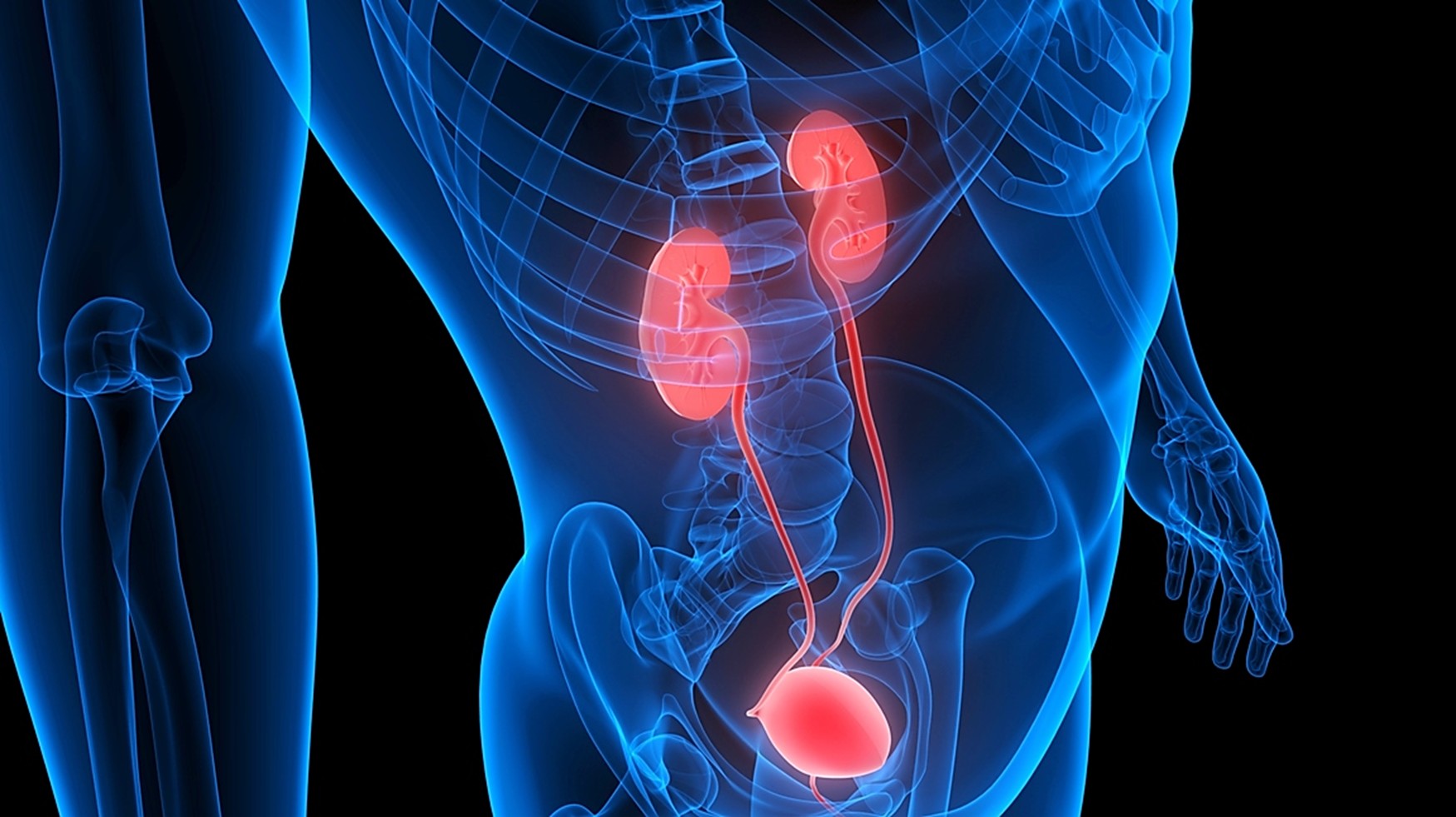
by Fern Shaw | Sep 3, 2025 | Water, water cooler, Water Coolers, water dispenser
Urology might not be the most talked-about health topic – but perhaps it should be. With half of us likely to face a urology condition in our lifetime, taking care of our urinary health is more important than ever.
Urology Awareness Month, held every September in the UK, helps bring attention to vital organs like the bladder, kidneys and prostate – and how we can keep them healthy with everyday habits.
And yes, one of the easiest ways to show them some love? Drink more water.
Staying hydrated helps these organs do their jobs – whether that’s filtering waste, controlling urine flow, or maintaining overall balance in the body. Dehydration can lead to all sorts of issues, including kidney stones, urinary tract infections and bladder discomfort.
The good news is you can keep an eye on your hydration with one simple clue: your urine colour. A pale, straw-like colour usually means you’re in the clear. Anything darker might mean your body’s asking for more H2O.
That’s where a water dispenser comes in handy. When fresh drinking water is easy to access – whether that’s at the office, workplace, job site, in waiting rooms, shops, fitness centres, schools or public spaces – we’re far more likely to drink enough throughout the day.
So, this month, don’t just raise awareness – raise a glass of water. Your urological system will thank you for it.
source: The Urology Foundation

